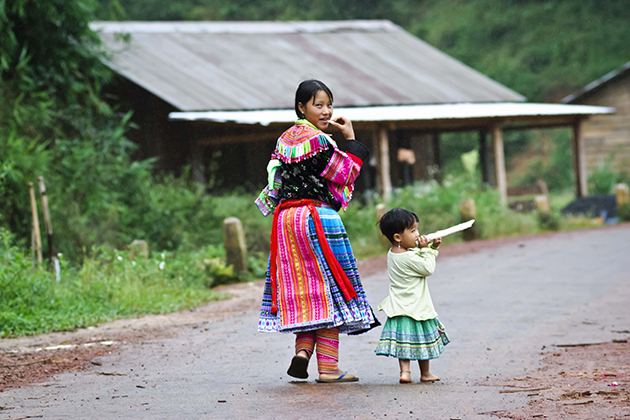The Hmong are an ethnic minority living in northern mountainous provinces in Vietnam such as Son La, Lao Cai, Ha Giang. Among 54 minorities of Vietnamese people, H’mong is one of the ethnic groups that are less affected by the cultural ethnic character.
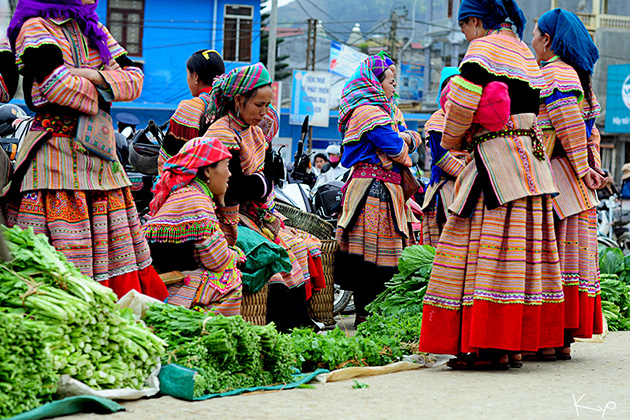
H’mong People – Economic Features
The Hmong people live on the way shifting cultivation of wandering hill tribes. Corn, rice, potatoes, peanuts, sesame, beans, and vegetables are the main agricultural products of them … in some places, they also grow rice in terraced fields. The types of apples, peaches, plums, pears are also very famous and people also plant medicinal herbs as false ginseng…
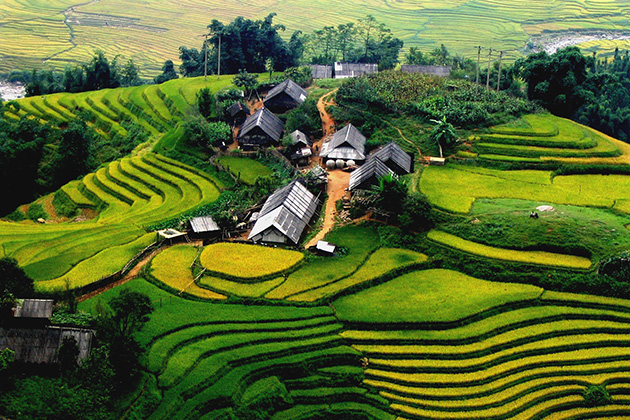
H’mong Ethnic Group – Culture Identities
The Hmong, as well as many other ethnicities, exists pluralism beliefs. Worshipping ancestor is the worship of the family who had died three generations back. Besides ancestor worship, Hmong survived a ghost house system with separate worship rituals. In the areas where the H’mong live in, often have fair. It is not only a place to exchange goods but also is a place to show needs emotion and living activities. The Hmong people are familiar with packing grocery by horses, bearer had two shoulder straps. “Love Market” is held once a year (Sapa love market) is a pretty unique culture of the Hmong. Among the unique traditions of the Hmong could not mention to custom “abducting wife.” The young man with friends rob the girl, who he loves, for a few days and inform the girl’s family. If the girls agree, three days later, the boys will bring the ceremony to the bride’s family to marry.
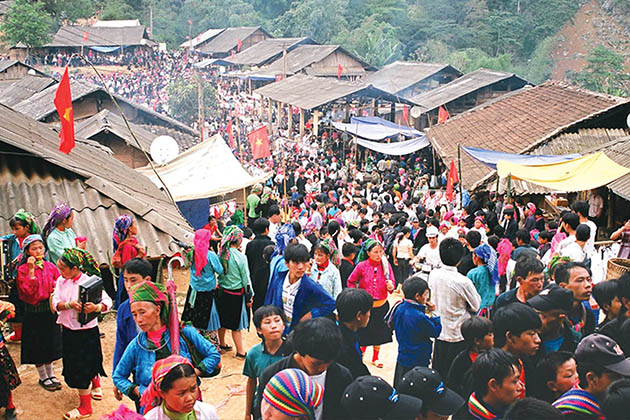
The Hmong have a pretty rich cultural life, especially oral literature has a lot of genres, such as the legend about cultural heroes finding the varieties and teaching the Hmong how to cultivate maize, rice, flax… fairy tales about animals takes a lot, especially the stories about tigers.
H’mong People – The Traditional Dress
Linen weaving is one of the most unique productions of the Hmong. Their production of crafts are very various such as weaving, forging, making horse saddles, furniture, especially container; making paper copies, silver jewelry to meet the demands and tastes of people. The Hmong artisans with highly professional skilled, make famous products such as plowshares, knives, hoes, shovels, barrels which are delicate.
The traditional dress of Hmong women very motley considered the most beautiful of all ethnic groups in the northern mountains of Vietnam. It includes chest sawed camisole, skirt, scarf head wrap, belly wrappings two legs, waist…
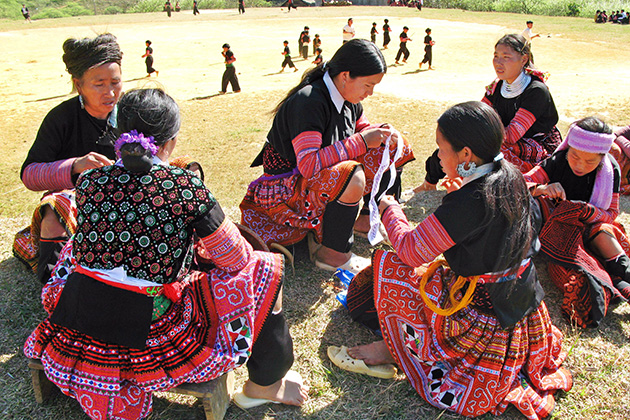
Only dress costumes of the Hmong are very colorful and diversity with many brightly patterned different embroidery motif, which will be combined with many pieces of jewelry both beautiful and strange to help the Hmong girl become extremely attractive beautiful charming everyone stares from people. Costumes for the Hmong men like the Nung men: long pants, stopping tobacco is lame leggings, wide-neck short sleeve standpipe installation eviscerate buttons, clothes are indigo.
H’mong Ethnic Group – Festivals & Entertainment
The Hmong ethnic are fond of their folk song, that is the voice of love (gau plenh), singing marriage (gau xuong) … they used to sing when working in shifting, spinning and weaving, shopping.
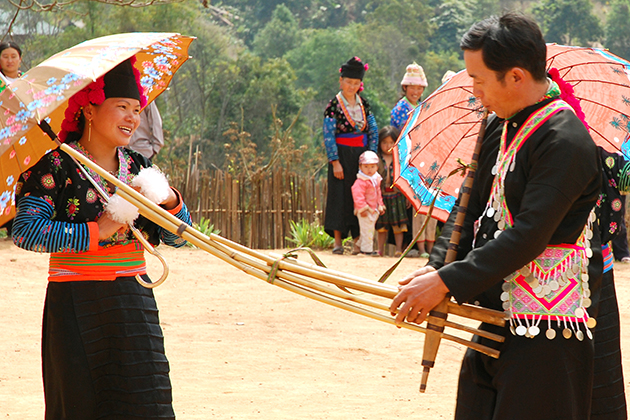
During festival occasions, especially “Gau tao” (New Year), the folk songs are not only expressed in words but also expressed through the traditional Vietnamese instruments (flute, panpipe, reed). The young people like to play praise, dance, and blow the flute. The reed is the means for the youth to exchange sentiments. After a tiring working day, young people use praise, reed to convey and express their heart language with a partner, praise the beauty of life, the homeland, and the country.

